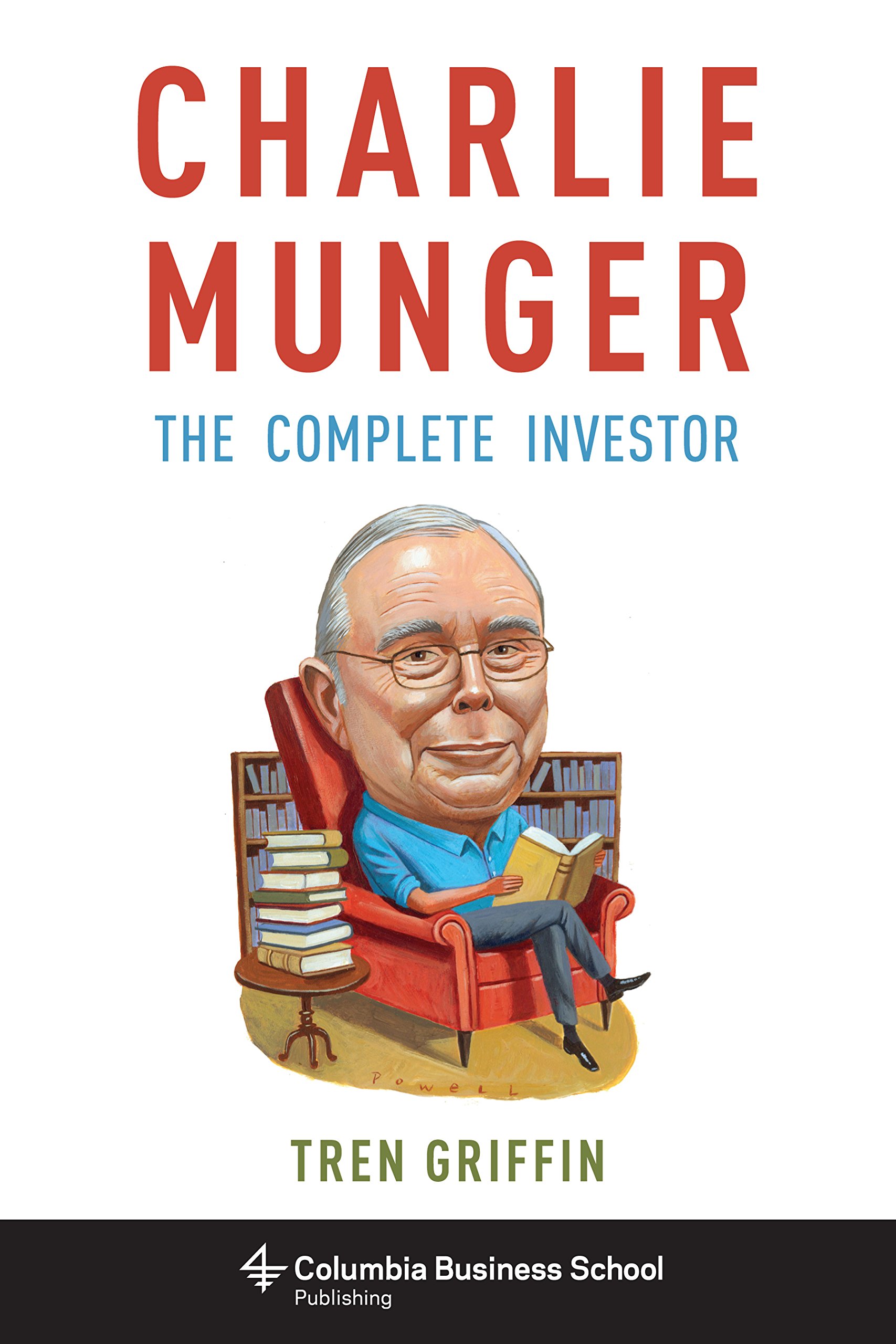
This book is written by an interesting man about another interesting man. Tren Griffin writes a respectable blog called 25iq. His main topics are the theory of value investing, and what he has learned from bright investors and businessmen. One of his favorite businessmen/investors that he likes studying is Charlie Munger, and that’s why he wrote the book.
Why is Tren Griffin interesting, aside from his writing? Well, he solved a practical problem of his own once using the ideas of Munger and Buffett. As an executive at Microsoft, he had a large block of Microsoft stock during the dot-com bubble. His dilemma: should he sell his stock or not? After reading Munger particularly, he came up with a solution that I would endorse: he sold half of his holdings. A lot of good investing is getting around psychological barriers so that you are happy with your results, and be able to sleep well at night. Selling half is never the optimal solution, but it is a good one amid uncertainty, and allows you to stop sitting on your hands amid danger.
A lot of what goes into the thought processes of Charlie Munger involves how investors let fear or greed get the better of them, and cease to think rationally. Learning these foibles has two advantages: you can try to train yourself to avoid these problems, and take advantage of the irrationality of others in business and investing.
In his book, Tren Griffin takes you through Munger’s thoughts on Value Investing. Particularly interesting to me was how the concept of Margin of Safety changed, and what role Munger played in its development. The key change was noting that businesses differ in quality, especially as to how long they can maintain above average returns on their invested capital, and how much of their profits would be free to be reinvested in the business. An ideal business would be a natural monopoly with a high return on capital, and a need for continued capital investment somewhat less than its profits.












Leave A Comment